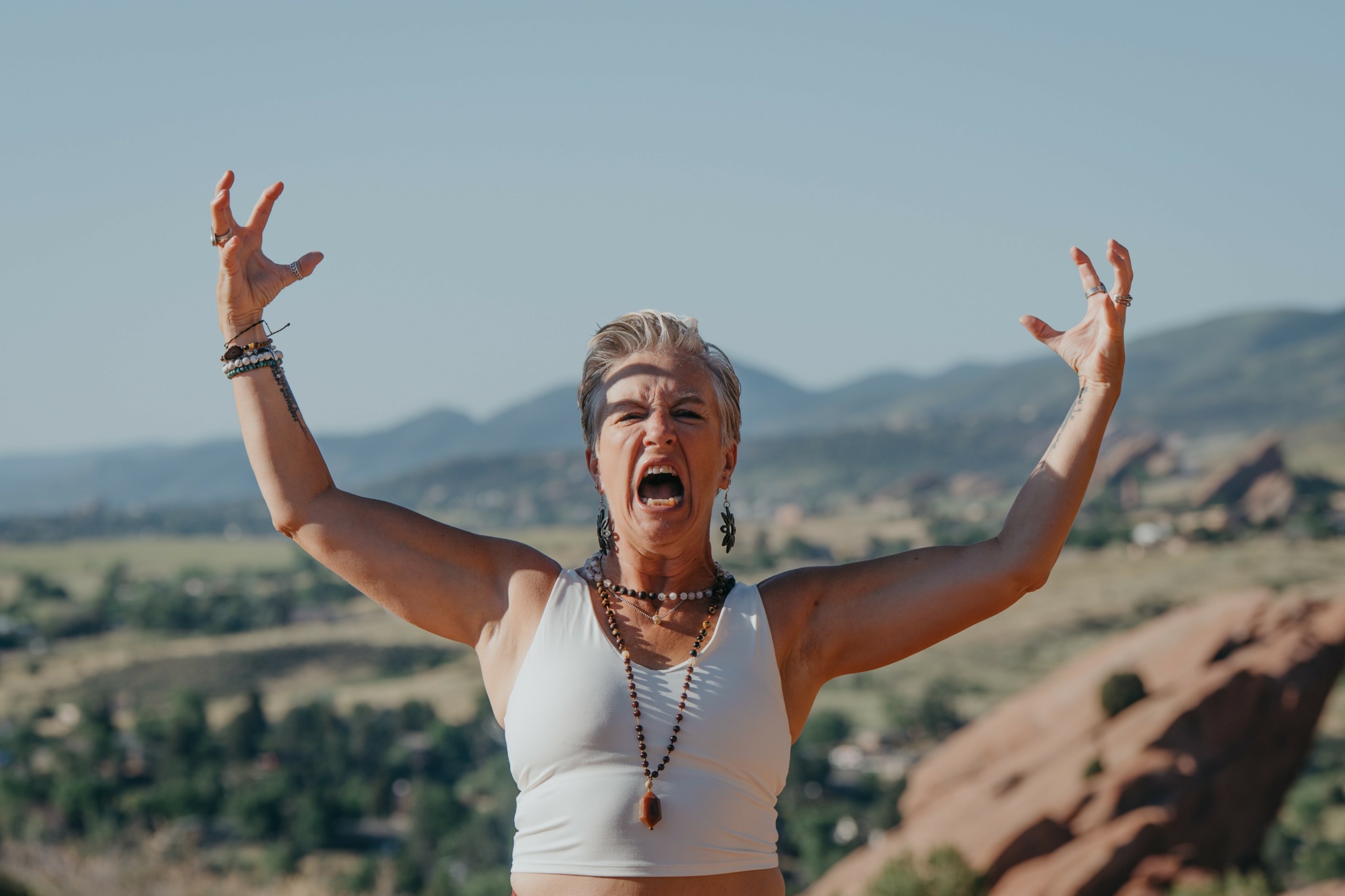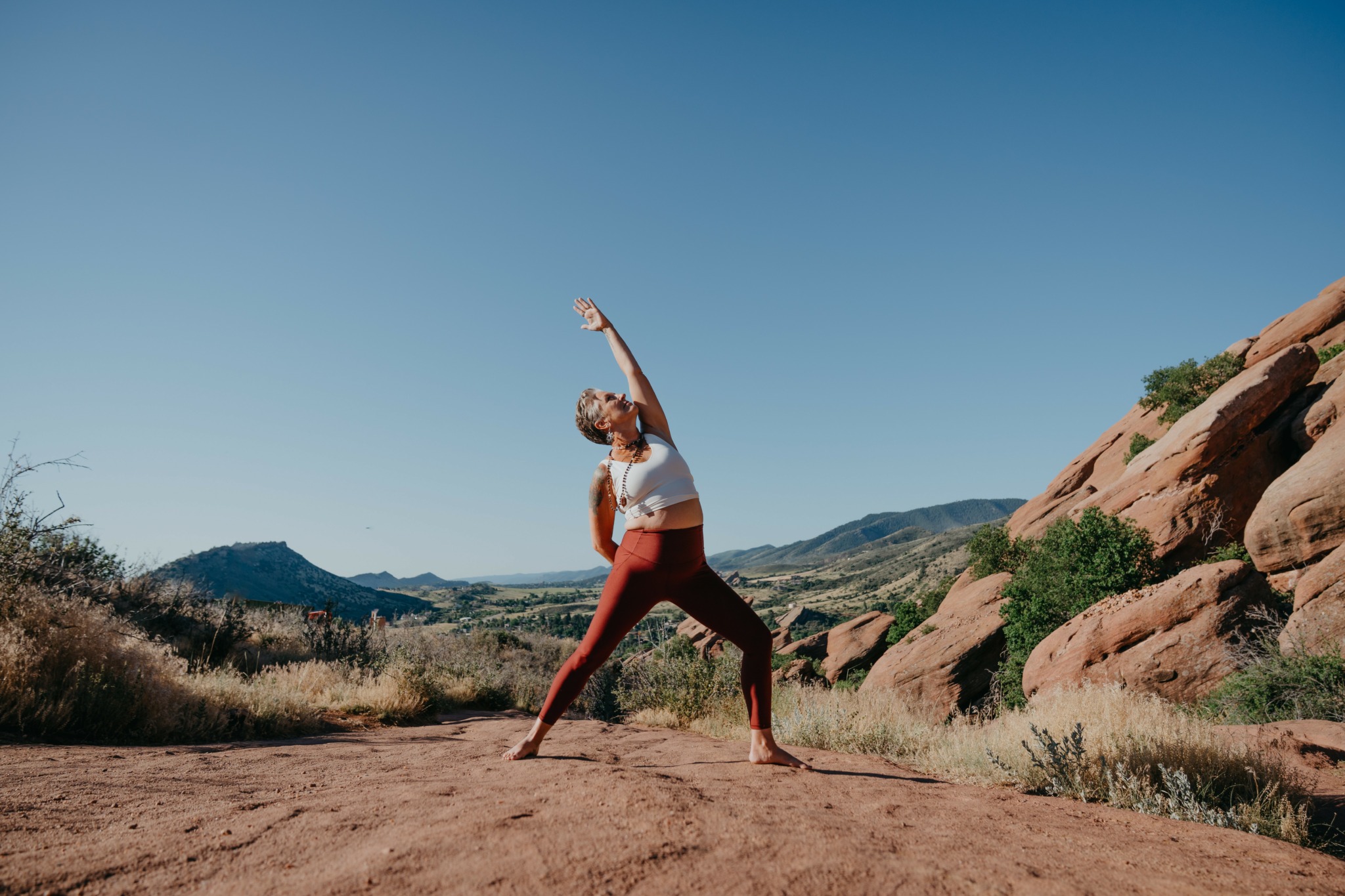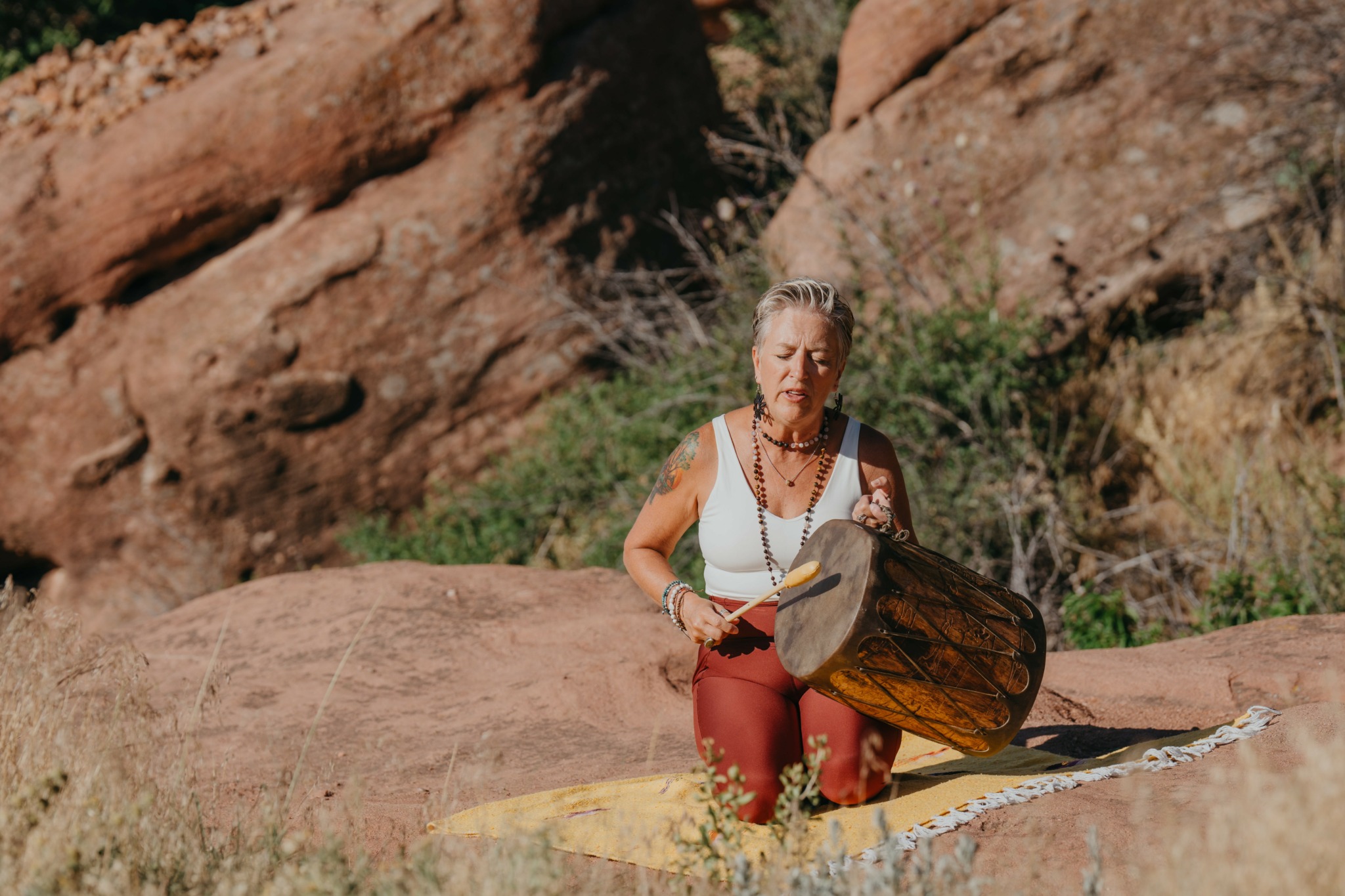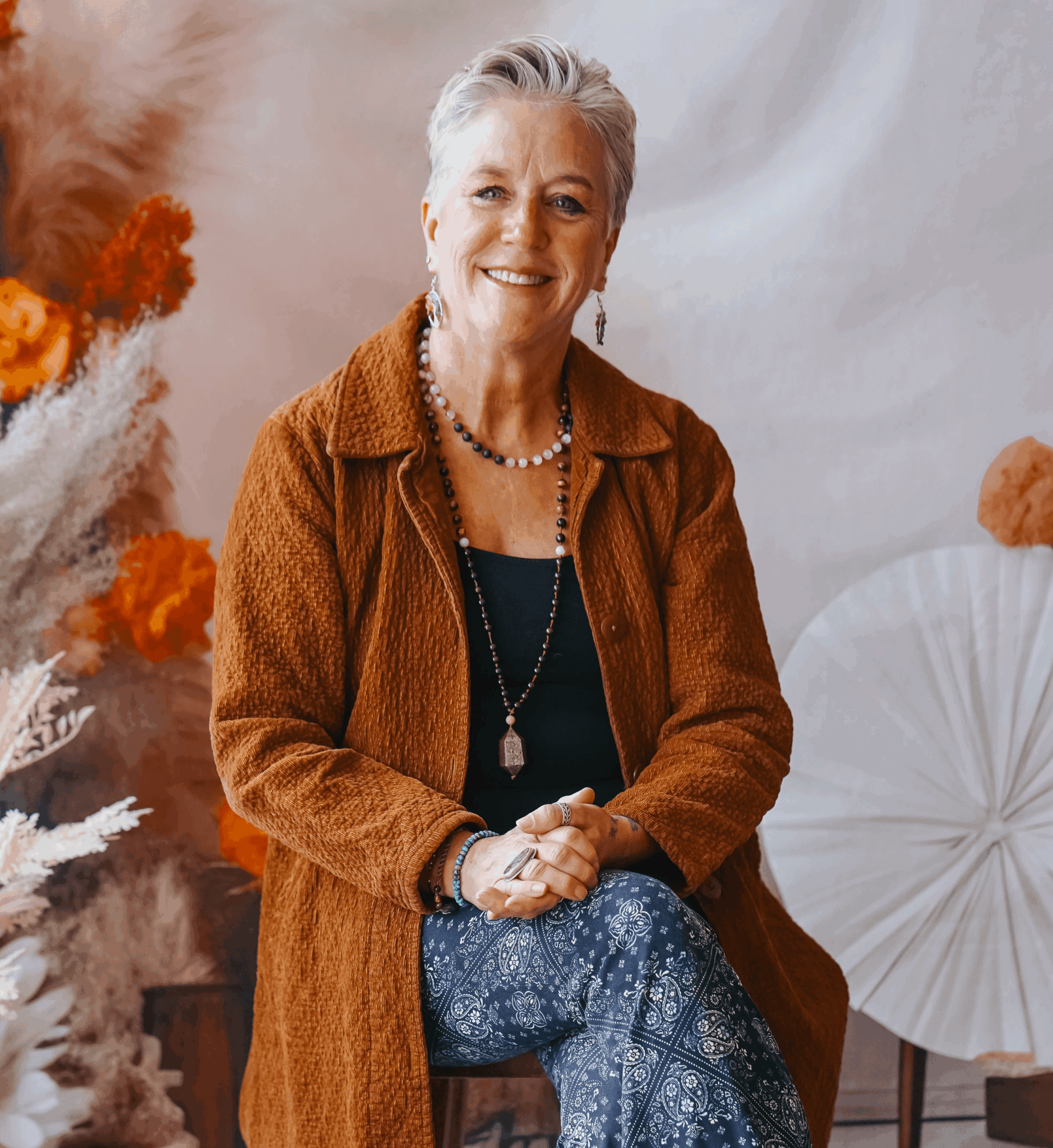We caught up with the brilliant and insightful Lisa Ketcham-Hendrickson a few weeks ago and have shared our conversation below.
Alright, Lisa thanks for taking the time to share your stories and insights with us today. Was there a moment in your career that meaningfully altered your trajectory? If so, we’d love to hear the backstory.
There was a defining moment that split my life—and career—into before and after: the loss of my sons. On July 31, 2021 my oldest son, Johnathon, took his life. Eight months later his younger brother lost his life to Fentanyl.
For over 30 years, I worked in emergency and trauma nursing. I had dedicated my life to serving others in moments of crisis, trained to act quickly, stay composed, and move from one trauma to the next. The fast pace of emergency medicine became my norm—my nervous system lived in fight-or-flight. Working in these high stress jobs you are conditioned to suppress sorrow. But when I was faced with my own unimaginable crisis—the deaths of my two oldest sons—I realized I had no tools to navigate the depth of sorrow that followed. I knew how to save lives, but I didn’t know how to process or sit with grief.
That moment cracked me open. I could no longer show up in the same way. I stepped away from bedside care and began the hardest journey of my life—my own healing. I immersed myself in both traditional and integrative therapies: talk therapy, ketamine-assisted therapy, TMS, and also yoga, meditation, sound healing, breathwork, and energy work. This was not a passive process—it was an active reclamation of self.
Eventually, that healing work began to take shape in the world. I founded Tributaries Holistic Health, with the intention of guiding others through life’s most difficult transitions—grief, trauma, and the process of becoming. My work now integrates my clinical background with somatic and spiritual practices. I offer individualized wellness coaching, Reiki, sound healing, group workshops, and retreats, all rooted in nervous system regulation and yogic philosophy. I understand these practices on a soul level.
When I felt ready to step one foot back into nursing, I applied at Serenity, a new residential treatment center for women. I was offered a nursing position, but I felt like I could so much more to offer. I took leap of faith and wrote a proposal for an Integrative Health Nurse. They accepted my proposal!
I’ve since written an 8-week program called Root to Rise: A Journey Through Sobriety, which integrates yogic philosophy, nervous system education, ritual, breathwork, and embodiment practices to support women in recovery. I also developed a parallel program called Embodied Flow: A Dance with Sorrow, for individuals navigating grief and life transitions.
If there’s one lesson I’ve learned, it’s this: our deepest wounds often hold the blueprint for our greatest offerings: learning to dance with sorrow, allowing joy and grief into the same moment, to both fill your heart to the brim, that is peace.

Awesome – so before we get into the rest of our questions, can you briefly introduce yourself to our readers.
I’m a Transitions Coach, Integrative Wellness Nurse, and the founder of Tributaries Holistic Health, based in the foothills of Evergreen, Colorado. My work weaves together trauma-informed yoga, sound healing, meditation, and integrative coaching to support those navigating deep transitions—especially grief and loss, in all its forms.
I’ve spent over 30 years as a nurse, much of that time in emergency and trauma care. But my path shifted dramatically after the deaths of my two oldest sons. Their loss brought me to my knees—and ultimately to a new way of healing and living. Grief broke me open and awakened me to the power of presence. It brought me home to self.
Grief is my teacher. It has taught me how to hold space for what hurts and what heals. I now specialize in guiding individuals through all types of transitions: the death of a loved one, yes—but also the quiet losses that often go unacknowledged. Divorce, career shifts, empty nesting, aging, identity shifts, health diagnoses, or the invisible weight of collective grief. My work is about honoring these thresholds and helping clients move through them with curiosity, care, and compassion. Learning to dance with sorrow, heightens our awareness and our senses. Sorrow and joy can both be present in the same breath.
My services include:
1:1 and group wellness coaching
Private and corporate grief & transition support
Trauma-informed yoga (including Kriya and Yin)
Sound healing and Reiki sessions
All-inclusive wellness retreats
This fall I will be launching Embodied Flow: A Dance with Sorrow, an 8-week guided program blending yoga, ritual, meditation, and book study. It’s designed to help participants gently move through grievances and rediscover their inner vitality. It involves a weekly coaching sessions as well as a workbook with guided somatic practices to embody.
What sets my work apart is that I don’t approach healing as a destination—I see it as an ever-evolving relationship. I help clients connect back to their own body and spirit. It’s our wild edges that hold the most beauty!

We often hear about learning lessons – but just as important is unlearning lessons. Have you ever had to unlearn a lesson?
A lesson I had to unlearn was the belief that suppressing emotion—especially sorrow— was a strength.
As a nurse in emergency and trauma medicine for over 30 years, I was trained to move quickly, think critically, and maintain composure in the face of chaos. And I did it well. I learned how to compartmentalize, to keep my emotions tightly wrapped so that I could continue to function. In a high-stress, high-stakes environment, there’s often no time to pause or process. You’re taught to keep moving—to suppress sorrow so you can survive the next crisis. I lived in my sympathetic nervous system, fight or flight. That is why these professions have such high suicide rates and physiologically higher rates of cancer, hypertension, anxiety, and depression. I could not bring myself to stillness and was scared as hell at what I might find there.
The lesson I learned is that the grief and sorrows we experience must be acknowledged, loved, and given space to be present. If not, they turn into dis-ease in our bodies and our minds.

Let’s talk about resilience next – do you have a story you can share with us?
For the last several days, I’ve been on edge. I’ve felt snappy, irritable, short-tempered—especially with my wife. On Monday, we had to step away from a project we were working on together because I was agitated and having trouble focusing. Then, the following day, I snapped again—and told her to shut up. Something I have NEVER said to her in our 16 years together. NEVER.
It shook me.
That moment was my wake-up call to pause. To stop and reflect on my reactions over the past few days, and to ask myself where they were coming from.
The issues are in the tissues, and our bodies often recognize our despair before our conscious minds catch up. That’s what was happening with me. The grief anniversary was approaching. My nervous system remembered, even if I wasn’t tracking the calendar. When I finally made that connection—when I asked myself, what’s really going on here? —the answer came quickly: This is the week I lost Johnathan.
My body knew. My heart knew. My mind was avoiding it.
That awareness brought me to the edge of a spiral—the familiar terrain of self-blame, regret, should haves, could haves, and “what ifs.” But this time, as this sacred week approaches, I return to a practice that has quietly held me over these last few years: yoga.
Ahimsa, the first of the Yamas in yoga philosophy, means nonviolence. While it’s often interpreted as refraining from harm toward others, I’ve come to understand that one of the most radical ways we can practice Ahimsa is through how we treat ourselves—especially in moments like these.
Self-blame can be subtle, but it is violent.It creeps in when you least expect it. In the quiet moments, whispering doubts and rewriting stories. It can distort even the deepest love and turn it into a weapon toward self.
Practicing nonviolence toward myself is a daily act of grace. It’s choosing breath over blame.Presence over punishment. And it’s trusting that healing does not mean forgetting, nor does remembering mean suffering.
Ahimsa “asks us to step lightly, to speak gently, and to treat ourselves and others with compassion.” It’s not just about the absence of violence—it’s about the presence of love. Practicing Ahimsa invites us to listen to our bodies, to trust the truth of our emotions, and to soften the harshness of our inner narratives, our wild edges. It’s a way of honoring life—not just others’, but our own.
Ahimsa reminds me to pause.To choose compassion.To acknowledge my pain without attacking myself for feeling it.It invites me to hold my sorrow with gentleness instead of judgment.
The pause is where healing begins.In that sacred stillness, I can hear the truth beneath the noise: That I loved my son with all my heart. That I did the best I could with what I knew at the time. That his pain was deep—and so was my love. And that both can be true.
As we learn to dance with grief, one of the hardest things to do is move forward from the place where we lost our loved ones. It can feel like we’re leaving them behind—like continuing to live, to love, to laugh, somehow dishonors their memory. But Ahimsa teaches us that healing isn’t selfish, and rest isn’t weakness. It teaches us that honoring our sorrow is honoring our loved ones. And that returning to joy is not betrayal—it’s reverence. It asks us to be gentle with ourselves in the moments we fear we’re forgetting. To be tender with the ache that says, If I let go of the pain, I let go of them.
Grief is not linear. It is ever evolving. And building tools that allow us to move with it—not against it—is how we alchemize loss into something sacred.
Ahimsa is one of those tools.A compass that points us back to love. To presence and grace.
Contact Info:
- Website: https://www.tributariesholistichealth.life
- Instagram: https://www.instagram.com/tributaries_holistic_health/?__pwa=1
- Facebook: https://www.facebook.com/lisa.ketchamhoward


Image Credits
Becky Duffy Hill


